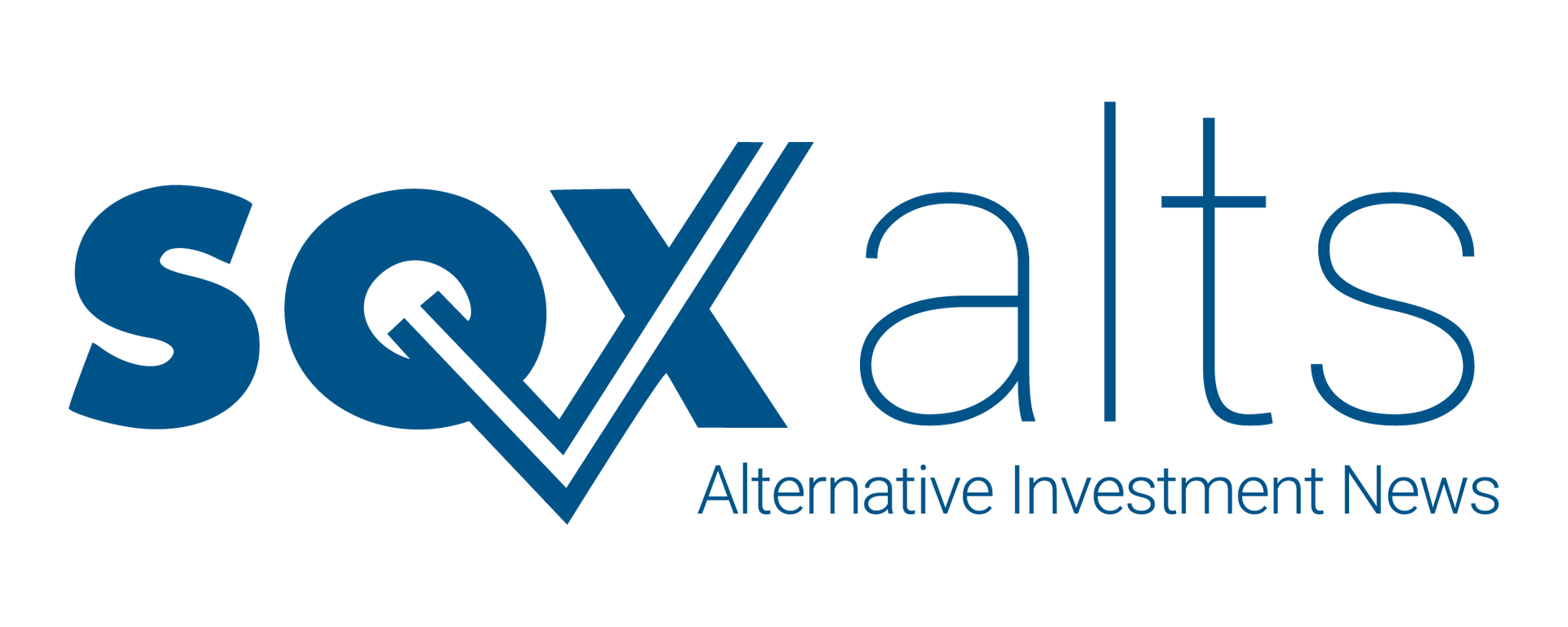Guggenheim Credit Income Fund 2016 T Nears End
With over 99% of net asset value distributed, the fund is preparing for full dissolution following a stalled shareholder vote.
May 16, 2025

Guggenheim Credit Income Fund 2016 T is moving into its final chapter. As of March 31, 2025, over 99% of the fund’s net asset value has been declared for distribution. Shareholders have been receiving these distributions steadily since the liquidation plan was set in motion back in 2021. Now, with just a sliver of NAV left, the fund is in a holding pattern—waiting for shareholder approval to close out completely.
Liquidation Timeline and Current Status
Originally launched in 2015, the fund raised roughly $164 million through a public offering before it closed in 2017. Since inception, its sole purpose has been to invest in Guggenheim Credit Income Fund (the “Master Fund”), giving investors access to private credit opportunities across senior debt, subordinated debt, and equity in privately held companies.
The liquidation plan, approved by the Board in March 2021, was designed to return capital to shareholders over time. That plan has played out through a series of liquidating distributions, mostly return of capital, that have reduced shareholder balances and NAV. The most recent update shows the fund’s NAV dropped from $5.2 million at the start of 2025 to $4.0 million at quarter-end.
A special shareholder meeting was scheduled for May 12, 2025, to approve the fund’s formal withdrawal as a registered business development company and authorize its full dissolution. That meeting was adjourned, and a new date has not yet been set. Until shareholders approve the final steps, the fund will continue to operate in a limited capacity.
Financial Performance and Key Metrics
For the quarter ending March 31, the fund reported no investment income and posted a net loss of $1.2 million. Operating expenses rose to $315,000—up from $123,000 in the same period last year—primarily driven by higher transfer agent fees and administrative costs. These losses were compounded by a $840,000 unrealized depreciation in its investment in the Master Fund.
The fund’s investment position remained unchanged during the quarter. It continues to hold over 17 million shares in the Master Fund, but their fair value declined from $5.0 million to $4.2 million. No new investments were made, and no distributions were issued to shareholders in Q1, aligning with the wind-down phase of operations.
As of March 31, 2025, NAV per share stood at $0.25, down from $0.32 at year-end. That compares to $1.13 at the start of 2024, reflecting the cumulative impact of asset markdowns and distributions.
Shareholder Distributions and Liquidity
Shareholders have received $8.17 per share in cumulative liquidating distributions, representing more than 100% of the fund’s NAV at the end of 2020. These distributions have been executed in stages, coinciding with asset sales from the Master Fund. Because the Master Fund’s shares are illiquid and not publicly traded, the fund has relied on asset repayments and portfolio wind-downs to generate cash for these payouts.
The fund’s share repurchase program and distribution reinvestment plan have both been suspended since 2021, consistent with the liquidation plan. As a result, shareholder liquidity is now tied entirely to liquidating distributions.
Governance and Risk Considerations
Operationally, the fund continues to meet its reporting and compliance requirements. As of March 31, internal controls were deemed effective by the CEO and CFO. There were no material legal proceedings, and no significant changes in risk disclosures since the 2024 annual report.
The fund remains indirectly exposed to market risk through its position in the Master Fund. About 53% of the Master Fund’s debt investments are floating rate, which means rising interest rates could influence both portfolio income and valuations. However, given the limited remaining assets, the fund’s sensitivity to rate changes is now minimal.
What’s Next
The next step is shareholder approval to finalize the liquidation. Once that vote happens, any remaining assets—including illiquid holdings—will be sold and the proceeds distributed. At that point, the fund will begin its formal dissolution.
For shareholders, that means the last chapter is close. With the vast majority of capital already returned and only a small fraction of NAV remaining, the Guggenheim Credit Income Fund 2016 T is nearly wrapped. The fund was designed with a defined lifecycle, and it’s following through on that plan—methodically, transparently, and in line with its stated goals.



